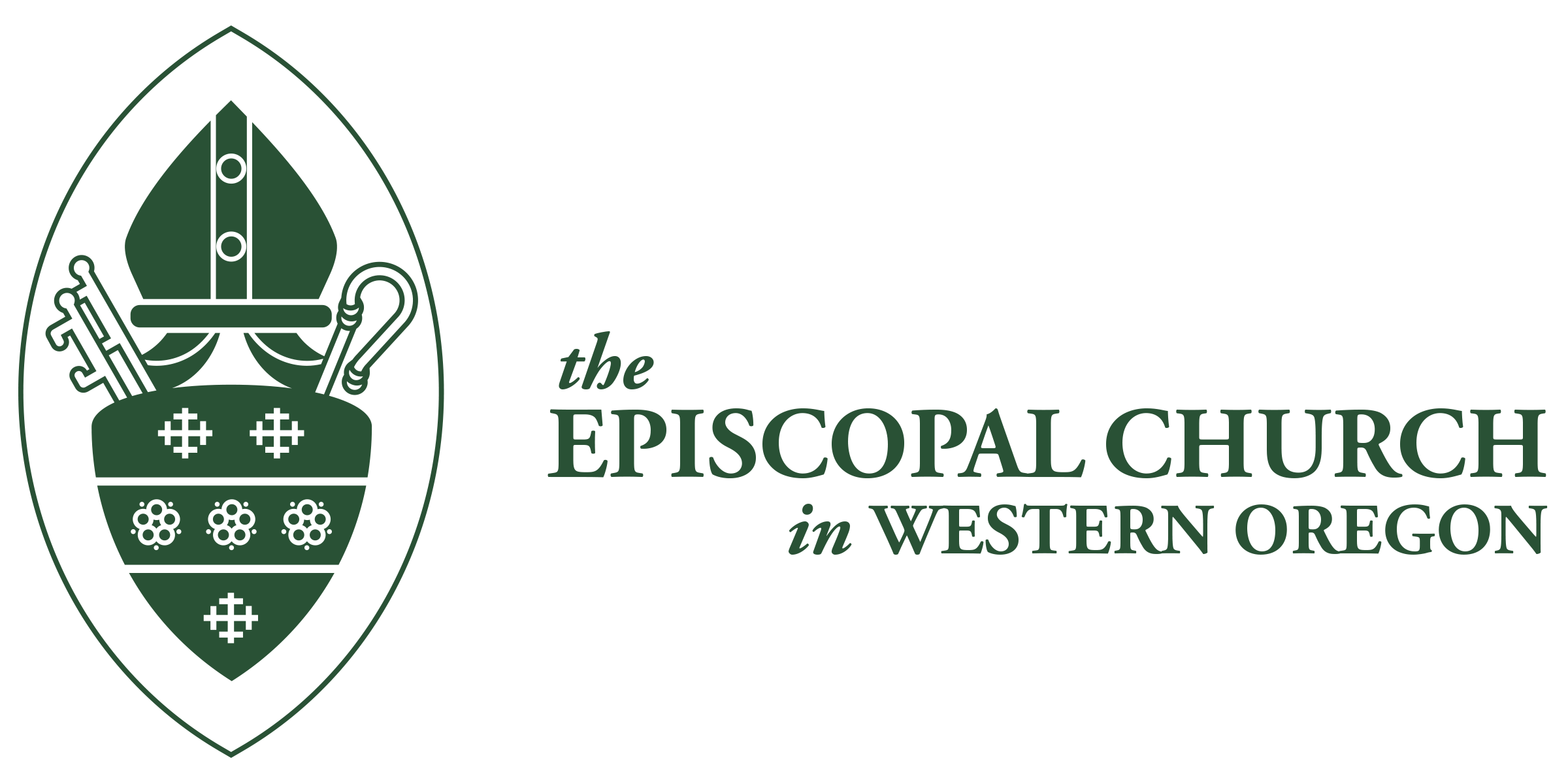Disaster Preparedness
Disaster preparedness is planning to mitigate the effects of a disaster (emergency).
The plan normally includes preparation and response. Disasters affect faith communities either through the loss of their facilities or area-wide events. The latter include weather (wind, snow, ice), fire (multi-dwelling and wildfire), geological (earthquake and landslides), and disease (flu). Planning can be basic: how to continue when parish facilities are lost.
It can be more comprehensive such as assisting with response or recovery after an event.
The Episcopal Church’s involvement in disaster preparedness began in 2005 with a National Executive Council initiative as the US Disaster Program. Since then, most dioceses in the U.S. are actively stressing diocesan and community planning as well as developing actions to aid others in disaster. Both clergy and lay are urged to undertake these actions.
Preparedness begins with each individual.
We must put on our own oxygen mask to best serve others.
Diocesan Disaster Coordinator
Each diocese has a Diocesan Disaster Coordinator reporting to the bishop’s office.
This person has several important roles:
-
- Encourage and assist parishes with planning.
- Provide appropriate training throughout the diocese.
- Serve as the coordinator between the diocese and parishes both with disaster preparedness and in a disaster.
- Act a representative for the diocese on area-wide and state-wide coordinating organizations.
- Be the liaison between the diocese and US Disaster Program.
Diocesan Disaster Preparedness Team:
Coordinator, Sr. Amy Linder, OPA (Emannuel, Coos Bay), email. Cell: 509-930-6036
Resources
Empty
Communications During a Disaster
Even if the event does not affect the faith community directly, it may involve using its resources. The community should contact the Bishop’s Office and then the Diocesan Disaster Coordinator who will work with responding agencies. Note: local and state emergency management agencies are the primary responders. Likewise, The Red Cross and Salvation Army provide food and shelter. The parish should not consider assisting except for their own members or if it has specific skills which are requested. In the latter case, notify the Diocesan Disaster Coordinator to help eliminate duplicate requests.
Earthquake Preparedness Presentation
- Earthquakes and Preparedness Powerpoint with Audio Narration
- Earthquake Preparedness Powerpoint (no audio)
- Earthquake Preparedness Powerpoint Narrative Script
This powerpoint presentation covers how to prepare for an earthquake. The first version contains a narrative that will play with the slides. The second has a script available. Each is designed to last less than 30 minutes. They are appropriate for a time just after service or between services.
Preparedness Planning Templates
There are two levels with templates: the Basic Disaster Preparedness Plan, which concentrates on preparing for, responding to, and mitigating disasters that affect the church facilities, and Comprehensive Disaster Plan, which identifies how the parish can help prepare for and respond to disasters which affect their community or even other communities.
- The Basic Disaster Preparedness Planning Template guides faith communities in its planning.
- The Comprehensive Preparedness Planning Guide, Oregon version 11-3-14, provides guidance in preparing more comprehensive plans. Generally, it is completed after the Basic Plan. However, it incorporates the Basic Disaster Preparedness Plan in the event the faith community wishes to start at this level.
- The Personal/Family Emergency Preparedness Kit identifies items that every family should have in preparation for any disaster or emergency. It is divided into three sections: loss of power (remain in home), major disaster (remain in home), and evacuation. The Personal Preparedness Checklist has been developed from multiple sources including AARP and the Red Cross. This list will be reviewed and adjusted as suggestions for additions or changes are made.
- The Preparing an Emergency Food Supply infographics assists individuals, families, and communities in stocking up essential food and supplies for emergencies. There are 20 items on the list to help start a food storage plan.
Episcopal Church Resources
Episcopal Asset Map
https://www.episcopalassetmap.org/
Episcopal Relief and Development, US Disaster Program
http://www.episcopalrelief.org/press-and-resources/resource-library
This site has a variety of sources directed toward planning, preparedness, and responses to disasters and other emergencies. It includes plans from parishes and dioceses in the US.
